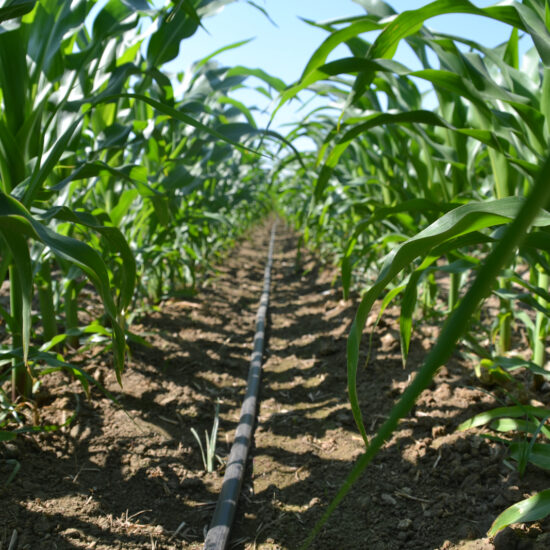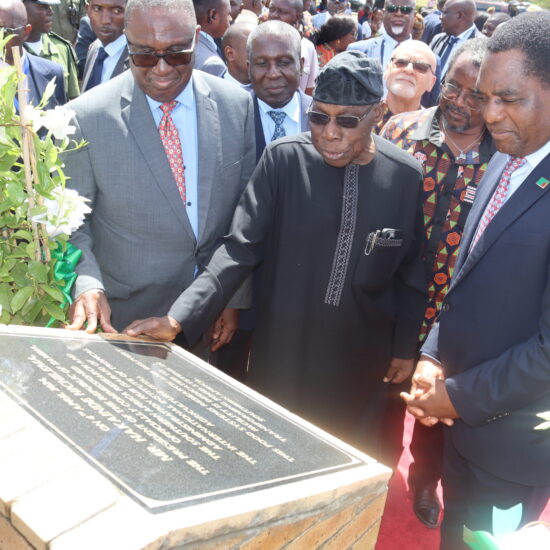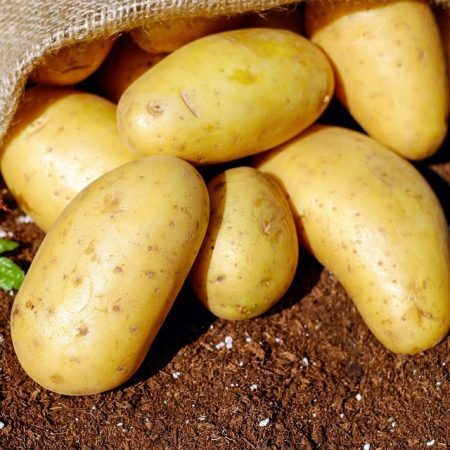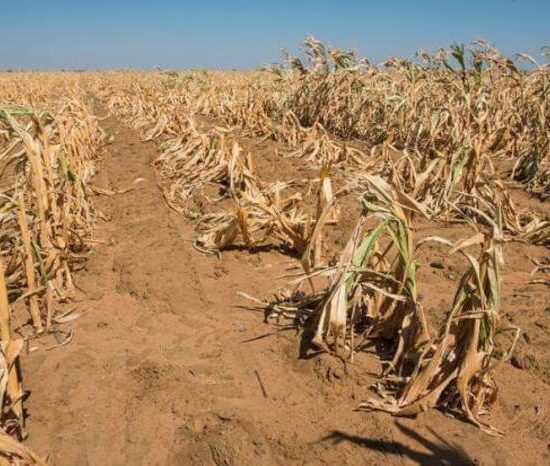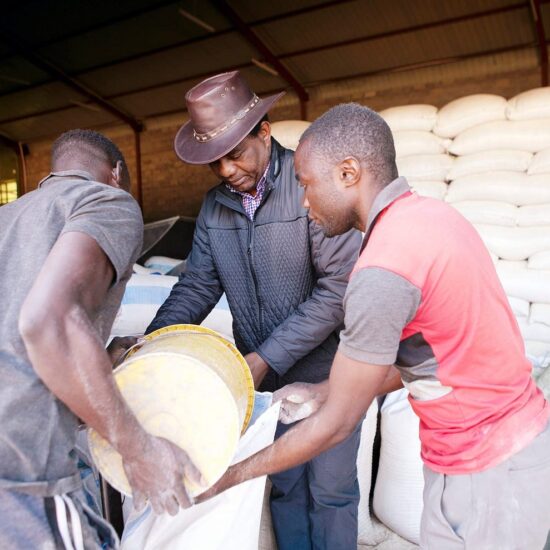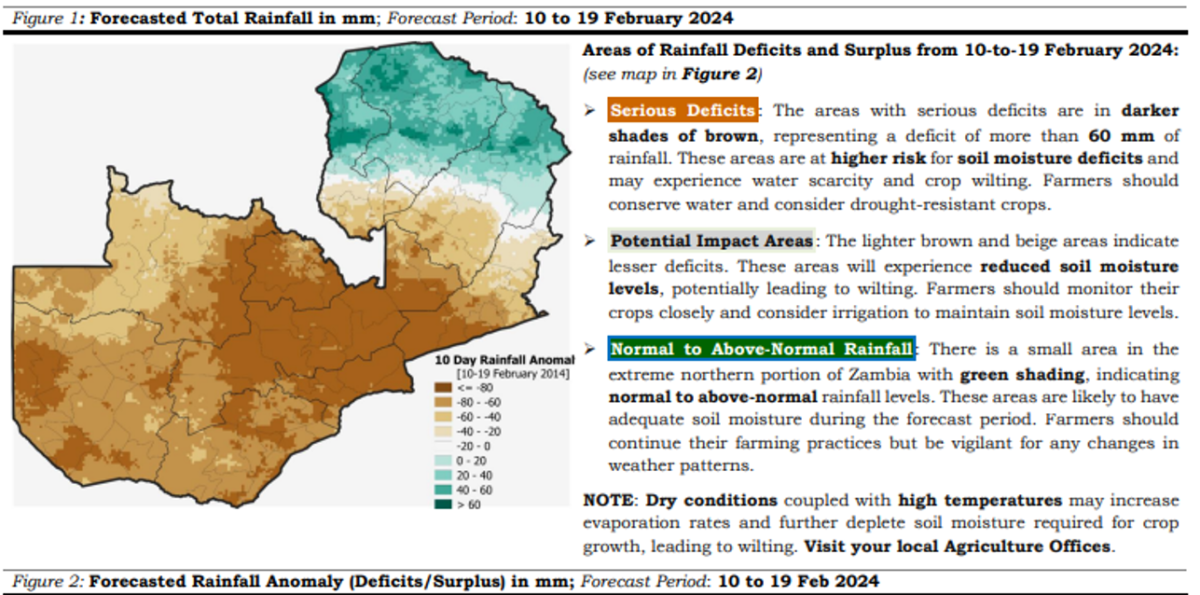
The Zambia Meteorological Department (ZMD) put out a rainfall forecast for the period covering 10th to 19th February 2024. This forecast highlights the potential for serious rainfall deficits for three-quarters of the country set to be affected during the highlighted period. This is t after a generally late onset of rainfall in some parts of the country.
The predicted dry spell is part of a wider El Nino weather pattern – El Niño is a climate pattern that describes the unusual warming of surface waters in the eastern tropical Pacific Ocean. As far off as those places sound, the weather pattern affects entire regions, in Zambia’s case, the event was predicted to and is influencing local weather.
On November 8th, 2023, the Famine Early Warning Systems Network (FEWS) published Southern Africa Security Alert: Strong El Niño will drive high needs across Southern Africa through early 2025, 2023. https://fews.net/sites/default/files/2023-11/Alert-Southern-Africa-ElNino-20231108.pdf
The brief outlines what is expected in terms of weather conditions and most importantly the potential consequences in terms of impact on populations in wider Southern Africa. Outside the FEWS report, locally Zambia has a well-established early warning system called Zambia Drought Management System – whose data, ideally relayed to the Disaster Management and Mitigation Unit (DMMU) – specifically, the National Disaster Management Committee which would outline and coordinate mutual-ministry action plan to deal with the potential fallout from the prevailing weather conditions.
The ZMD outlook comes at a critical time during Zambia’s farming season. The traditional planting time in Zambia used to be late October into the whole month of November depending on what part of the country you are in, however, this over time, has changed and planting has generally shifted from mid–November into early and sometimes late December. This means, the predicted 10-day dry spell falls at a critical time for crop development and will undoubtedly necessitate the downward revision of production estimates for the coming harvest. The scope of the area set to be affected by the dry spell encompasses all the most productive areas in the country including Southern, Central, and Copper Belt provinces thus the need for a revision of the expected production outlook.
The information needed for follow-up actions is available to avoid what is most certainly headed for a food crisis. In the absence of a communicated path, the known risk of the following steps can aid the DMMU kick starting its mitigation effort.
- Verify actual grain stocks available with the Food Reserve Agency, by law the FRA is mandated to maintain a strategic grain reserve of at least 500k MT. The FRA was established for this very event. A clear position on stock levels will allow the government, in the event of low stock make the decision to buy grain – though Taboo and taken as a sign of weakness the decision to buy supplementary stock during a region-wide weather event is only logical and practical. The timeliness of this decision has treasury and logistical implications due to the volumes in question. Zambia’s current economic fundamentals remain frail and a mismanaged event like this one only go to exacerbate this situation.
- Increase public awareness, like the COVID Pandemic, a clear communication strategy must be implemented, and this should prevail until harvest – this prevents the sudden “realization “of low production among the general population which invariably leads to grain hoarding, and this may lead to sharp price increases food.



